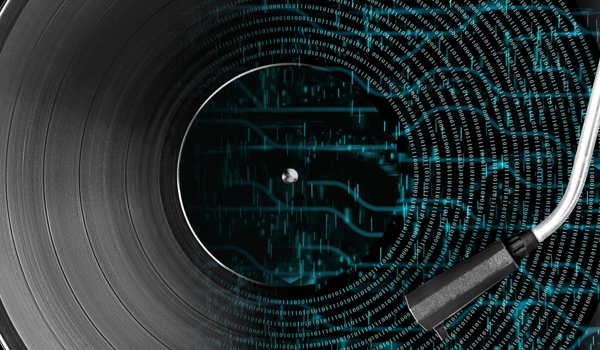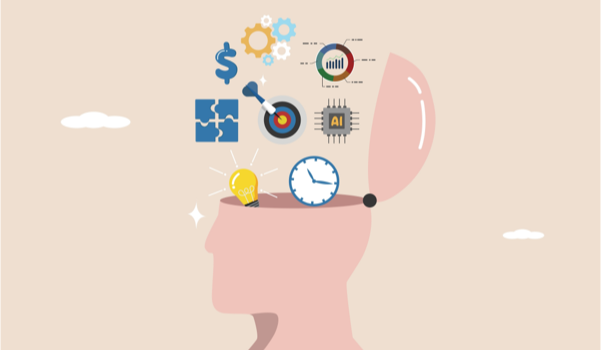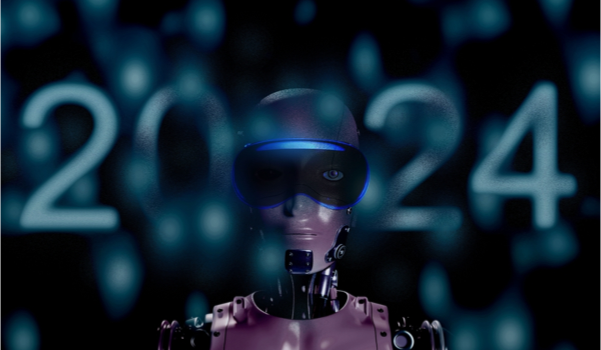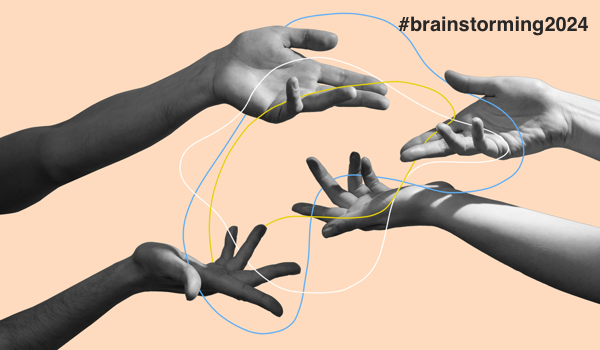


NEW YORK - The implementation of artificial intelligence (AI) is underway in businesses worldwide and now the market needs to gear up to prepare for the hidden surprises from AI that await it. Such surprises, whether good or bad, will still have to be dealt with. These hidden surprises tend to be extreme cases of unintended consequences and involve things that often show up unexpectedly once one has started down a certain path.
One type of AI surprise can involve totally unexpected findings. Google happened to come across one of these that involved retina scans. The search giant was looking at retina scans and finding that these could actually be linked to age and other demographics, thus raising ethical issues.
“In Google research, we did a project around diabetic retinopathy,” Laurence Moroney, AI Lead at Google, told me. “The idea behind this project was that diabetic retinopathy is a leading cause of - or one of the leading causes of - blindness globally, but it's easy to avoid if it's diagnosed early.”
“However, there's a shortage of qualified ophthalmologists who can do this. So, in our research, we got lots of images of retinas and had doctors label those images. We then trained an AI model to be able to see if we could detect diabetic retinopathy and new images based on the labeling that we had from the previous images.”
“The answer was, of course we can and that's great. And we can now help ophthalmologists scale, and we can do great things to maybe prevent some of the leading causes of blindness.”
“However - and here's where it gets really interesting - you can now open entirely new scenarios that weren't previously possible. With the data we had of these retinas, we also had the person's age, and we also had the person's birth-assigned gender.”
“We could then say, given this data, that we have an image of a retina and their age, so couldn’t we train a model to predict some
The content herein is subject to copyright by The Yuan. All rights reserved. The content of the services is owned or licensed to The Yuan. Such content from The Yuan may be shared and reprinted but must clearly identify The Yuan as its original source. Content from a third-party copyright holder identified in the copyright notice contained in such third party’s content appearing in The Yuan must likewise be clearly labeled as such. Continue with Linkedin
Continue with Linkedin
 Continue with Google
Continue with Google

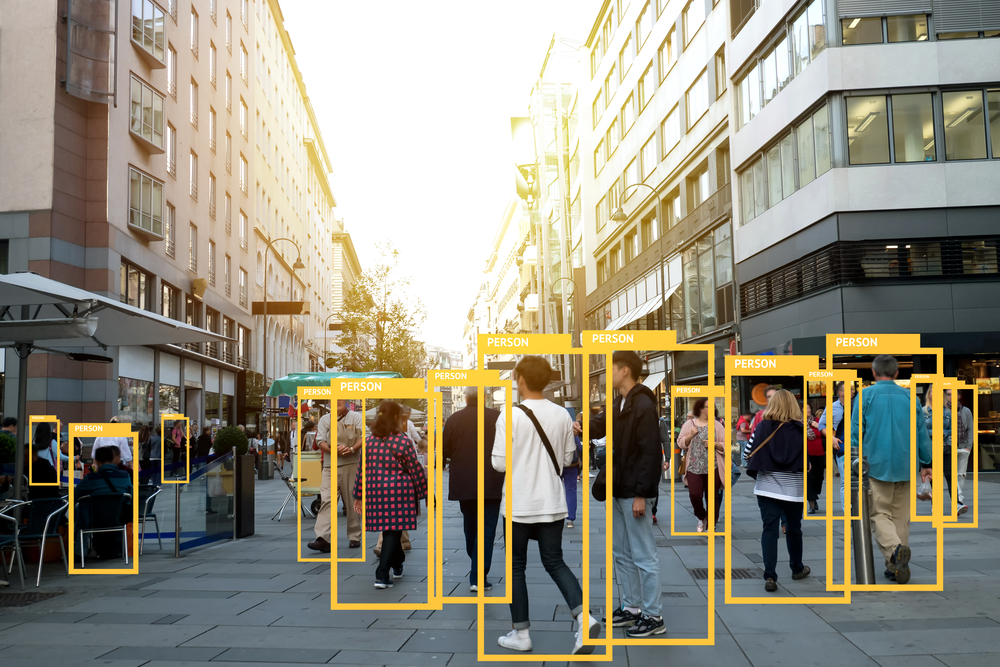







 1307 views
1307 views

